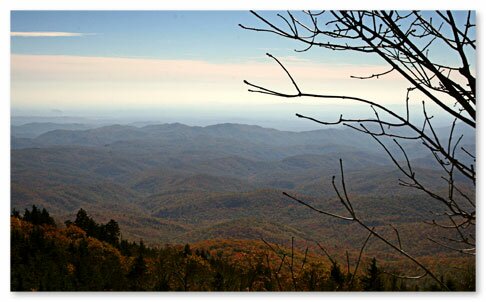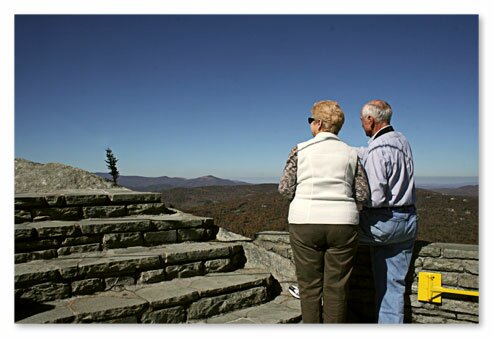
Grandfather Mountain
|
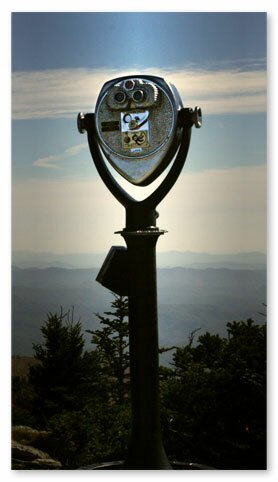
The State of North Carolina had just purchased the land which included the Chimney Rock "attraction" near Asheville for another state park it was forming under a similar agreement. Family members, apparently unwilling to let "the attraction" part of their inheritance out of their control, retained control of it under non-profit status. Both Grandfather Mountain and Chimney Rock were in the hands of inheritors who had to choose between maximizing their wealth through development and preserving the mostly undeveloped properties for future generations of state residents and visitors. Both families retained some claim to the "attractions" and sold the uncommercialized portions to the State of North Carolina. The Morse family who owned Chimney Rock sold just under 1,000 acres for $24 million after listing the property for sale with real estate brokers, Sothebys, for $55 million. Both Grandfather Mountain and Chimney Rock properties could easily be called "priceless"; the prices were determined through private negotiations with the state.
|
The Grandfather Mountain Stewardship Foundation Gift Shop near the Swinging Bridge: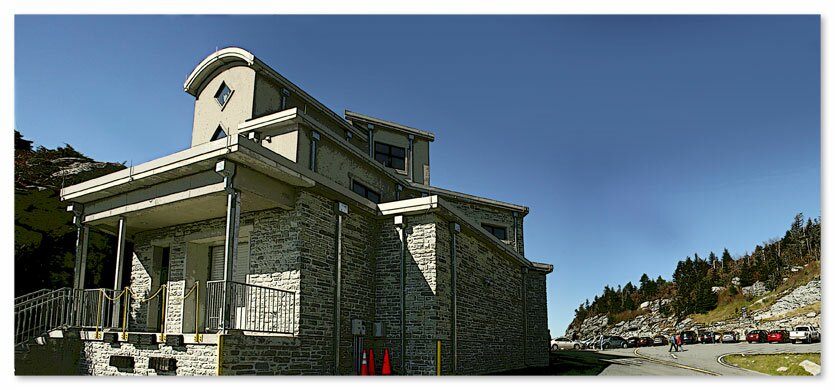
|
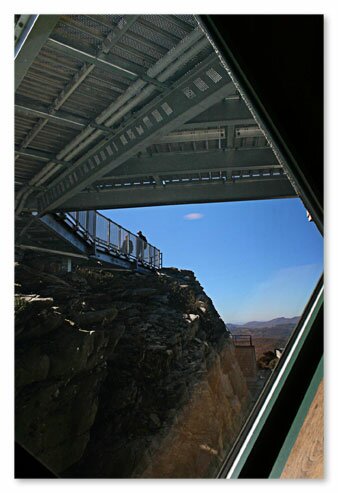 At Grandfather Mountain, most visitors only see "the attraction", the Mile High Swinging Bridge, the museums, the displays of bears, otters and other animals and, of course, the gift shops and restaurants. The Highland Games and the Singing on the Mountain are also held on the private"attraction" property. At Grandfather Mountain, most visitors only see "the attraction", the Mile High Swinging Bridge, the museums, the displays of bears, otters and other animals and, of course, the gift shops and restaurants. The Highland Games and the Singing on the Mountain are also held on the private"attraction" property.
The State of North Carolina Parks and Recreation Department manages the "backcounty" acreage they purchased, suppling rangers and maintaining and developing the trails. The state park and the private foundation maintain separate offices and websites. At ncparks.gov (see link below) there is a description of the process that the state must go through to acquire additional acreage for the park, an option allowed when Grandfather Mountain State Park was set up. It is not clear what circumstances would cause the Grandfather Mountain Stewardship Foundation to sell or turnover the remaining acreage to the state. 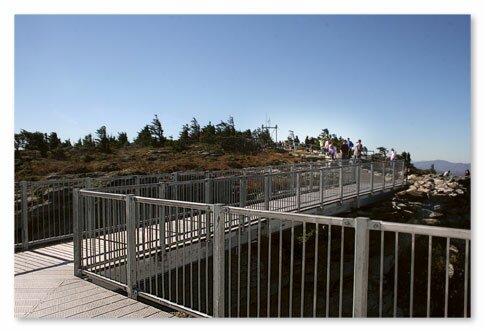
|

Meanwhile, visitors will find a fancy new gift shop building at the top, 3 stories high, which leads to a walkway to the Swinging Bridge. The building has an elevator to the walkway, making it accessible to most who visit. Lower down, the Nature Museum and restaurant, gift shop and animal habitats remain largely the same and there is a fudge shop along one of the walking paths. After you pay your entrance fees to the park (in Oct. 2012: $18 for adults, $15 for seniors 60+; $8 for children 4-12; children 3 and under free) the attendant will give you a CD to listen to as you drive through the park. Some visitors are confused that they are being charged an admission to a state park but they are not. The admission fee is collected by the foundation who runs the attraction, not the State of North Carolina. For more information about Grandfather Mountain State Park, click here. For more information about the Mile High Swinging Bridge and other attractions on the mountain click here. |
Left: Inside the new gift shop building. Right: A bear at the animal habitats.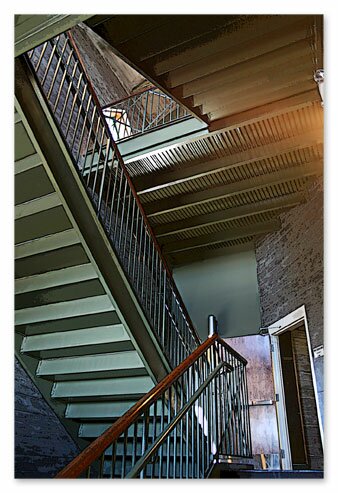 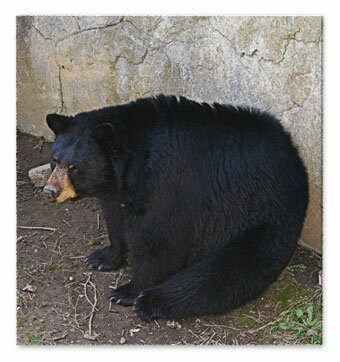
|
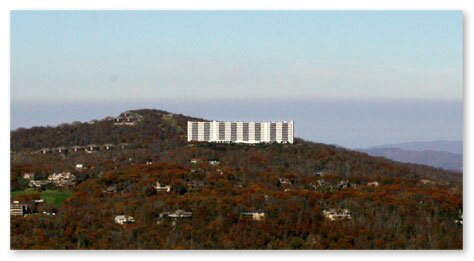
Addendum: Hugh Morton's View ProblemAt left is the view from the Mile High Swinging Bridge that Hugh Morton fought to stop or at least from ever happening again. When the Sugar Mountain Property Owners Association approved the building of a large, 5 story building filled with condominiums near the ridge top of Sugar Mountain (formerly owned By Hugh Morton's mother Agnes MacRae Morton and known as Little Sugar Mountain) a reporter at the local newspaper, The Mountain Times, wrote an article about it and the public uproar started. The loudest roar came from Hugh Morton who worked with state and local legislators who, after considerable political battling, passed the Mountain Ridge Protection Act of 1983 (known locally as "The Ridge Law"). Meanwhile, the continuing SugarTop project sped along doubling the size of the original planned building. Today, the SugarTop.com website (see link below) reports its own story : "Early on, when the five story building was still being considered, it was realized that the building as originally planned, would have not been able to withstand the already clocked winds of hurricane force, over 160 miles per hour up on the ridge of the mountain. It was at that time that the original plans were substituted for the 10 story tower that stands today. The original plans with many deviations were then built down below Sugar Top, and are still known as the country club condos. And most ironically, the Sugar Top website boasts that "the exclusivity that the Ridge Law gave Sugar Top had proven to be a boon for the developers." Because the law did not apply to them, they were essentially granted an exclusive view that gave them a significant financial benefit. |
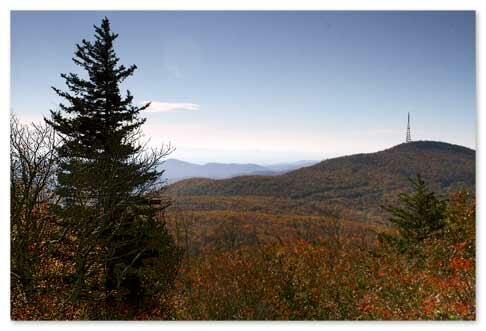
Interesting links about Grandfather Mountain:
|


